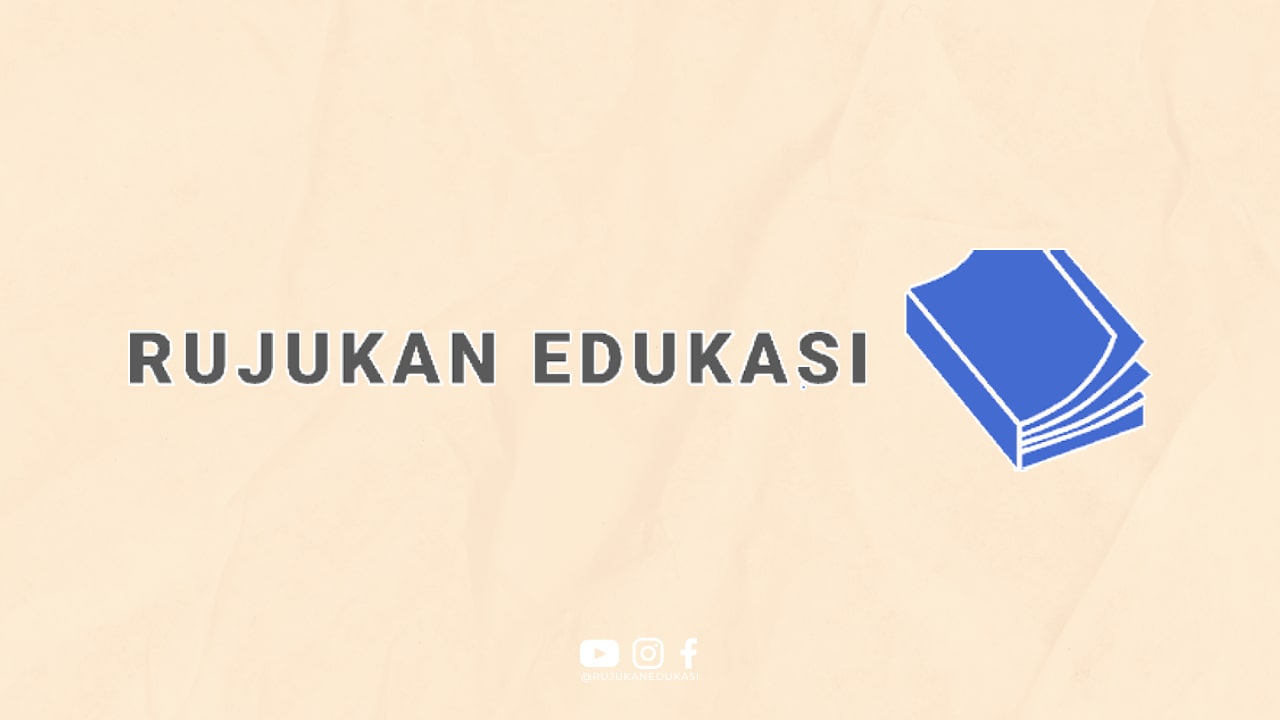Indonesia is a country rich in diverse cultures, traditions, and customs. One of the most fascinating aspects of Indonesian culture is the art of rhyming, known as “pantun”. Pantun is a form of traditional poetry that consists of four-line verses. Each line has a specific rhyme scheme that follows a set pattern.
The History of Pantun
The origins of pantun can be traced back to the 15th century, during the reign of the Malacca Sultanate in Malaysia. The art of pantun spread throughout the Malay Archipelago, including Indonesia. It was often used as a means of communication and entertainment among the people.
Over time, pantun evolved into a highly respected art form in Indonesian culture. It was used in various forms of literature, such as folk tales, proverbs, and even political speeches. Today, pantun continues to be a popular form of poetry in Indonesia, particularly during cultural festivals and celebrations.
The Structure of Pantun
Each pantun consists of four lines, with a specific rhyme scheme. The first and second lines of the pantun rhyme with each other, while the third and fourth lines rhyme with each other. The rhyme scheme is usually ABAB or AABB.
In addition to the rhyme scheme, pantun also has a specific rhythm and meter. The lines are typically short and concise, with a fixed number of syllables. The first and second lines usually have eight syllables each, while the third and fourth lines have six syllables each.
The Themes of Pantun
Pantun typically revolves around themes of love, nature, and daily life. The verses often contain metaphors and symbolism that reflect the beauty of Indonesian culture. Pantun also has a unique sense of humor, with many verses containing witty and playful expressions.
Many pantun also contain moral values and lessons, making them a valuable tool for teaching and learning. They are often used to convey cultural and social norms, as well as to express emotions and feelings.
The Significance of Pantun in Indonesian Culture
Pantun holds a special place in Indonesian culture. It is a symbol of the country’s rich cultural heritage and identity. It is also a means of preserving and passing down traditional values and beliefs from one generation to another.
Pantun is often performed during cultural festivals and celebrations, such as weddings, birthdays, and religious ceremonies. It is also used in formal and informal settings, such as in speeches and conversations among friends and family.
Examples of Pantun
Here are some examples of pantun:
“Dalam pantun ada amanat, dalam paduan ada rahmat.”
Translation: “In pantun there is a message, in harmony there is blessing.”
“Bunga melati harum wangi, tangan siapa yang mencabut jangan.”
Translation: “The jasmine flower is fragrant, whoever plucks it should do so with care.”
“Bulan purnama di atas awan, siapa yang pandai bersuka cita.”
Translation: “The full moon above the clouds, whoever knows how to enjoy it is wise.”
The Future of Pantun
Despite the rise of modern forms of entertainment and communication, pantun continues to thrive in Indonesian culture. It remains a cherished art form that is passed down from one generation to another.
As Indonesia continues to modernize and evolve, it is important to preserve the country’s cultural heritage and identity. Pantun serves as a reminder of the rich and diverse traditions that make Indonesia a unique and beautiful country.
Conclusion
Pantun is a beautiful and important aspect of Indonesian culture. It is a form of poetry that reflects the country’s rich cultural heritage and identity. Pantun is a symbol of the values and beliefs that have been passed down from one generation to another. Its significance in Indonesian culture cannot be overstated, and it will continue to be an important part of the country’s cultural landscape for generations to come.
